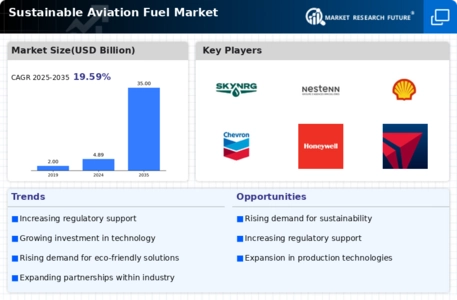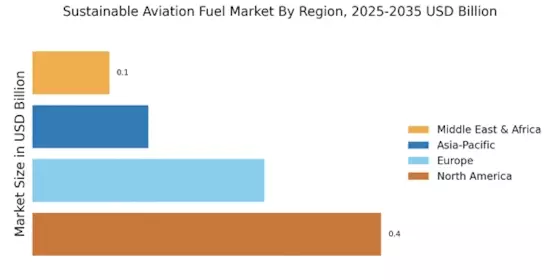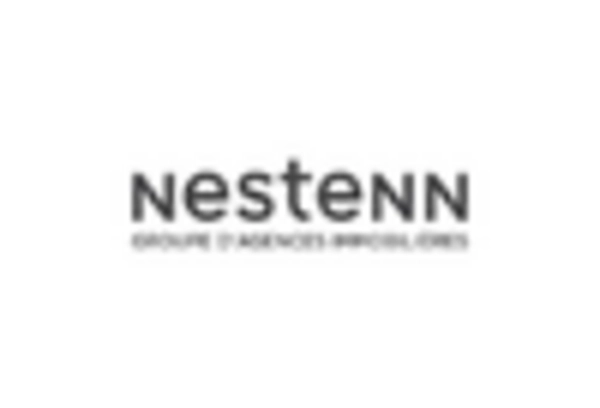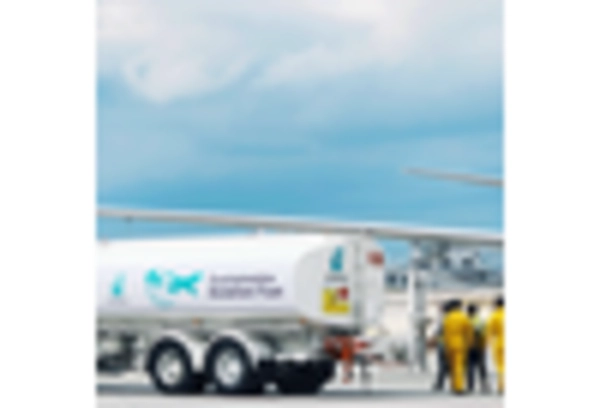The SAF Market is rapidly expanding due to the increasing emphasis on reducing carbon emissions and enhancing environmental sustainability within the aviation industry.
Many stakeholders, including airlines, manufacturers, and fuel producers, are now focusing on the development and adoption of sustainable aviation fuels to comply with global regulations and consumer demands for greener alternatives.
This market is characterized by a mix of established companies and innovative start-ups that are competing to establish themselves in a sector that is increasingly viewed as crucial for the future of aviation.
The competition is driven by technological advancements, strategic partnerships, and an ongoing commitment to sustainability which fuels research and development initiatives aimed at improving production efficiencies and reducing costs.
Market players are continuously seeking opportunities to leverage new technologies and processes to deliver sustainable fuel solutions that could meet stringent market requirements.
Viridis Energy has strategically positioned itself as a significant player in the Sustainable Aviation Fuel Market by focusing on innovative approaches to renewable energy solutions.
The company has emphasized the importance of sustainability and maintaining a reduced environmental footprint in their operations, which resonates well with the growing demand for eco-friendly aviation fuels.
Viridis Energy’s strengths lie in its dedicated research and development activities, enabling the company to create high-quality sustainable aviation fuel products that meet stringent regulatory standards.
This commitment not only enhances their market presence but also unveils partnerships with key stakeholders in the aviation industry, further strengthening their position in a competitive landscape.
With a robust approach towards sustainability and pioneering developments, Viridis Energy continues to contribute to the transformation of the aviation fuel market on a global scale.
SkyNRG stands out in the SAF Market by providing a comprehensive suite of sustainable fuel solutions for the aviation sector.
The company is known for its collaborative initiatives with various airlines and industry stakeholders to promote the use of sustainable aviation fuel.
SkyNRG's key products and services focus on creating and supplying sustainable aviation fuel that significantly lowers lifecycle emissions compared to traditional fossil fuels.
Their strong market presence and commitment to sustainability are augmented by strategic mergers and acquisitions that enable them to expand their capabilities and innovate within the space.
Moreover, SkyNRG actively engages in partnerships to support the utilization and sourcing of sustainably produced aviation fuel, reinforcing their strengths in logistics and supply chain management.
This not only enhances their competitiveness in the global arena but also positions them favorably as a leader in advancing sustainability within the aviation sector.


















Leave a Comment